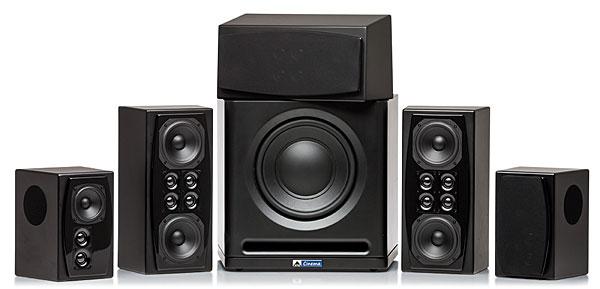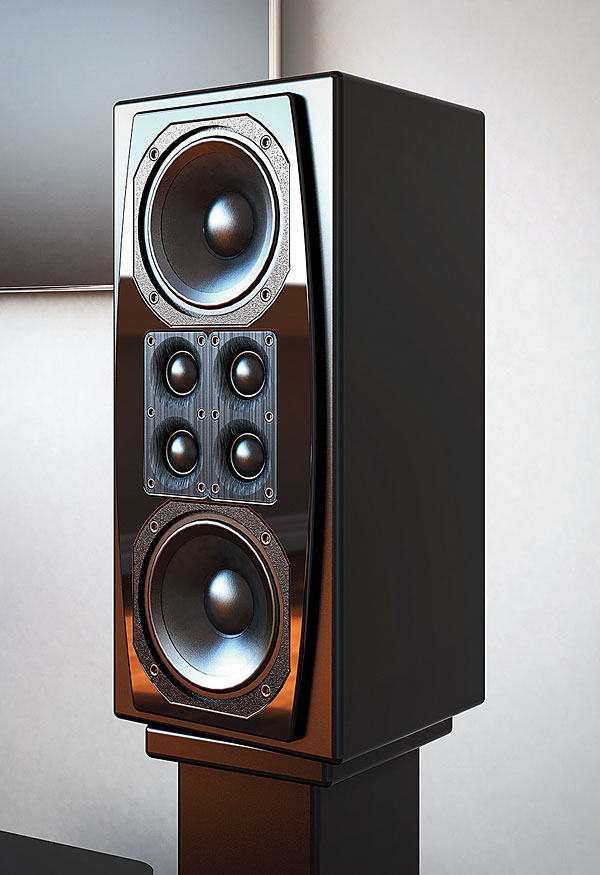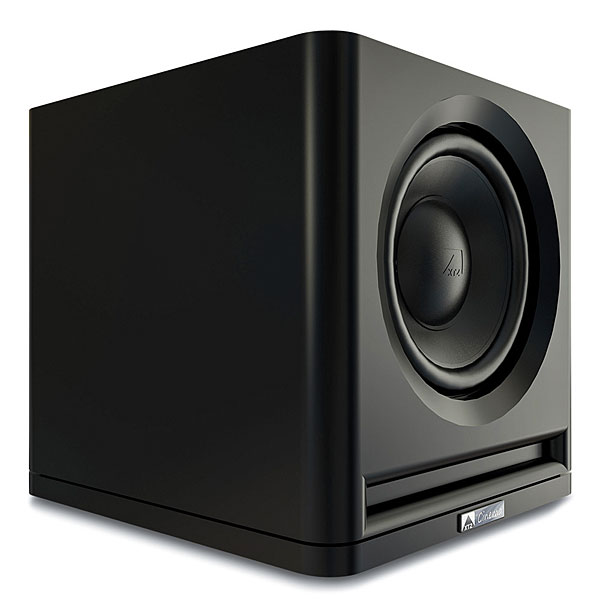The XTZ Cinema M6 Speaker System delivers high-quality audio with clear, detailed sound, making it ideal for home theater setups. With a sleek design and advanced technology, it enhances the cinematic experience. For more information, visit https://gulfinfohub.com/ .
XTZ Cinema M6 Speaker System Review

AT A GLANCE
Plus
Very dynamically capable, with high power handling, high output
Solidly integrated front stage
Impressive subwoofer
output and extension
Flexible “tripole” surround speakers
Minus
Slightly forward tonal balance (but perfect for behind-screen placement)
Pricey
THE VERDICT
Reference performance for movie playback, from some unusual speaker designs.
Complete the sentence with the most appropriate choice: “Yah, I sure do love those Swedish…”
A) meatballs.
B) supermodels.
C) interior designs.
D) loudspeakers.
If you chose D), congratulations, you’re a winner! Because while Swedish loudspeakers may not be a household word, or available at IKEAs everywhere (yet), the examples before us here just might be a winner in your home theater.
XTZ defines itself as much pan-Scandinavian as Swedish per se, but the company’s home base is in the blue-with-yellow-cross zone. The speakers themselves, like so many others today, are made in China, though XTZ points out that they employ high-quality drivers from fellow Scandinavian manufacturers such as SEAS and Scan-Speak, and the drivers are housed in unusually heavy, non-resonant cabinets. (XTZ offers a wide range of other speakers, as well as Dirac DSP and measurement systems, on its Website.)
Design and Setup
The 5.1-channel suite we sampled, from XTZ’s Cinema series, employs
a single asymmetrical design across the front, though there are three distinct model names for left, right, and center. The cabinet face is angled in (for left and right), and up (for a horizontal center), but as far
as I could tell, the Cinema M6 Left, Right, and Center speakers are otherwise identical and could be placed in any
of the three positions, though the labels and logos would be inverted.
The design’s most eye-catching feature is, obviously, the four tweeters. XTZ says this provides enhanced power handling, keeping distortion and dynamic compression low at even extreme levels, while permitting an unusually low crossover point. (You might expect such an array to suffer from considerable lobing at the top octaves—I certainly would expect it—but XTZ explains that three of the four tweeters are rolled off at mid-treble, leaving only one operating over the topmost octaves.) Otherwise, the M6 is a conventional woofer-tweeter(s)-woofer design, though quite solidly made. A casual look inside by removing a rear-panel connection block (itself featuring heavy multi-way jacks doubled up for biwirers) revealed thick, heavily braced MDF construction and a massive crossover board populated with high-quality components, including large air-core inductors. All six of our XTZ units were finished in a matte-black coating (presumably enamel or perhaps epoxy) that was meticulously even. Simple magnetic-mount black-knit grilles complete the utilitarian but quietly elegant look.

The Cinema S5 Dipole 3X surround-channels design is a “tripole” layout, with a conventional (albeit dual-tweeter) tweeter-under two-way on its face and opposing 3-inch drivers on its sides. Depend- ing on which terminals you connect, the S5 can be deployed as a dipole surround (in which case, the two- way remains mute) or as a plain, front-firing speaker (with the opposed drivers unused) or in “dipole-3X” mode, where both dipole sides and direct-radiating front are simultaneously active. (M&K Sound, another Scandinavian speaker maker evolved from the original Californian M&K Sound, employs a similar surround-speaker scheme, and it’s worth noting that Ken Kreisel, the “K” in the original M&K, now has a quad-tweeter array in his latest home theater offerings.)
I must confess, I’ve never fully taken the point of such tripole designs. The whole purpose of dipole surrounds is to create a mid-frequency null toward the listener’s ears and a more diffuse, oft-reflected higher-frequency origin, for enhanced ambience and less-easily-localized effects. Having a direct- radiating source pointed at the ears would seem to completely defeat this purpose, resulting in a mostly bipolar pattern. Nevertheless, I initially left the S5s in this “3X” mode, as that’s how they come out of the box, and it’s how I suspect most purchasers will connect them.
XTZ’s imposing SUB 1X12 is a large isosceles trapezoid equipped with a single 12-inch driver and, according to XTZ’s specs, no less than 500 watts RMS (900 peak) of power courtesy of Claridy Class D modules. The sub’s enclosure is vented via a single floor-level slot-shaped opening below the front-firing driver, while the control panel on the rear includes both balanced (XLR) and unbalanced connections.
Although the rear panels on the M6 and S5 are each peppered with M5 threaded inserts plus a keyhole slot, I initially placed the speakers in my usual spots: the left and right M6s on stands flanking my 52-inch Samsung and the S5s on high shelves astride the listening position. The center M6 lay on my usual low stand just below the TV’s bottom edge, which left its angled face aimed just about perfectly toward seated ear level 9 feet away. The SUB 1X12 went in my long-established subwoofer location, outside of the front-right speaker about 4 feet from a corner.
Distinctively Musical
After putting the speakers through about 10 days of casual use and break-in, I began as always with some full-range (no subwoofer) stereo listening to the left and right M6s alone. XTZ claims in-room response to 55 hertz, but a 75-Hz anechoic –3-decibel point, which sounds about right. In my studio, the M6s delivered tight and well-metered bass that was enough (barely) for satisfying listening to typical pop or jazz, and most classical, but without the slightest hint of midbass “enhancement,” bloat, or boom. That said, perceived response below about 60 Hz was decidedly modest, leaving quite a bit of musical heft on the table.

Since these speakers are clearly intended for subwoofer support, I wasted no further time and set up the SUB 1X12, itself a large part of the XTZ system’s story. Or any other story: At 64 pounds and nearly 20 inches cubed, the XTZ sub isn’t going to hide behind too many potted plants. I made room for it in my sub location and proceeded as usual. The XTZ’s controls—continuously variable low-pass, phase, and level knobs, plus an EQ switch I’ll get to—are conventional and produced the expected responses. Without a great deal of effort or fuss, I obtained swell results. The XTZ system was clearly designed as just that: a system. Sub/sat integration that was smooth, boom- and gap-free, and fully extended proved a cinch to dial in.
The Web description for the SUB 1X12 mentions the inclusion of a plug for the slot vent by which rolloff can be manipulated, but my sample (previously used, I assume) included no such bung, nor the user manual, which I found online. The Room Gain EQ switch, however, would prove to accomplish the desired manipulation of the response.
In 2.1-channel mode, the XTZ system proved a sharp and focused reproducer. Recordings such as Mahler’s Symphony No. 1 (on an EMI CD) came across with impressive clarity and detail, and with ample (and seemingly bottomless) lower octaves that gave the most demanding passages their full measure of foundation. Vocals and midrange solo instruments such as clarinet and French horn were sharply etched and tightly imaged, and even the most complex musical textures sounded clear and gratifyingly easy to “listen into.”
- Log in or register to post comments
































































